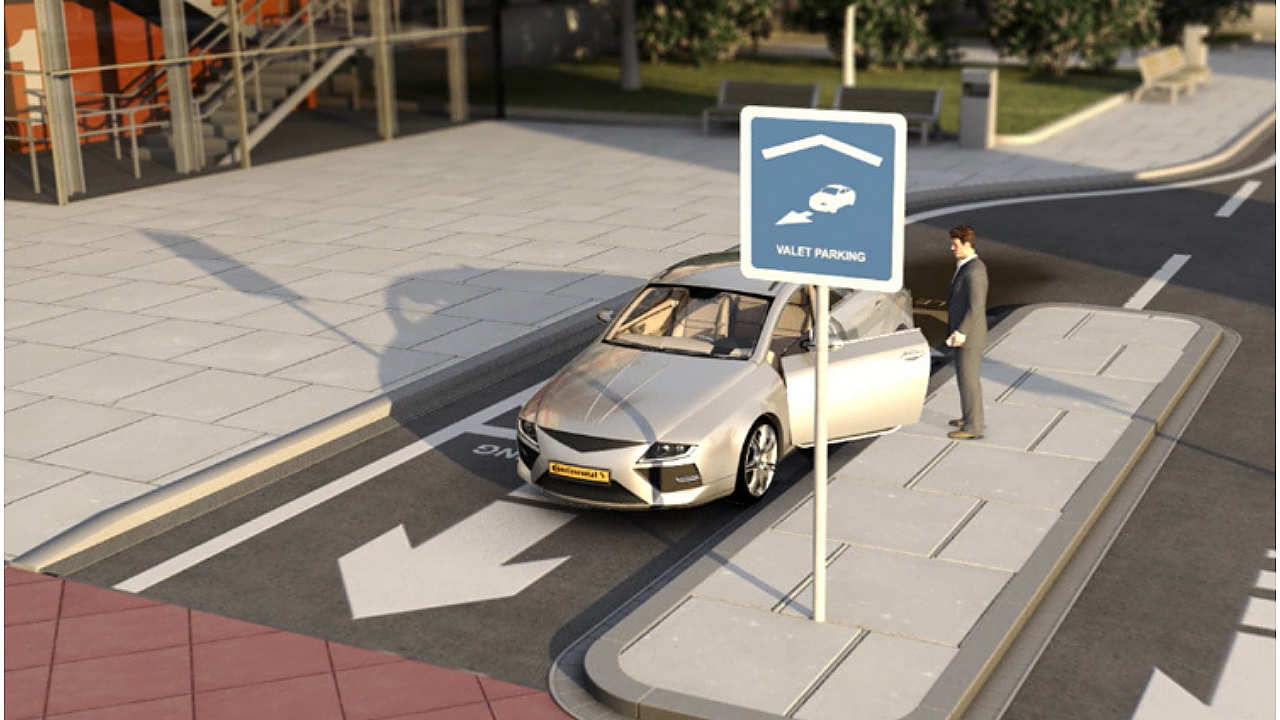
Due to wide acceptance, automated parking assist will become a standard feature in the next decade, and this will gain higher traction for the automated parking assist market from 2026, and is anticipated to reach $ 11 billion in 2030, according to ABI Research, a global tech market advisory firm.
Besides monetisation opportunities within the current legal framework, these systems will also help develop and train algorithms for AVP deployment and potentially scale to L4 autonomy via OTA updates, as with Steer's solution, the research firm said.
According to the tech market advisory firm, SAE L2 automated parking assist - enabling self-parking with the driver outside the vehicle but still in control remotely will drive the car OEM revenues for parking systems.
Meanwhile, the market opportunity for SAE L4 Autonomous Valet Parking (AVP) - allowing vehicles to park and be summoned without the presence of a driver - will remain low key in the consumer segment until the end of this decade, the research firm said.
Maite Bezerra, Smart Mobility & Automotive Analyst, ABI Research, said, 'Considered the easiest to accomplish L4 functionality, due to its low speed and constrained Operational Design Domain (ODD), AVP still has many challenges to overcome before achieving scale in the consumer market, including vehicle localisation and environment sensing, regulation, and consensus concerning minimal infrastructure requirements. Therefore, OEMs are heavily investing in L2 automated parking assist that allows for immediate monetisation and potentially offers an upgrade opportunity to L4 autonomy in sophisticated deployments with high computing capacity.'

While parking assist (warnings only) and semi-automated parking assist (autonomous steering) will still account for over two-thirds of parking systems in new vehicles in 2030, L2 automated parking assist will be responsible for 59% of revenues.
Infrastructure Intelligence
The AVP solutions available today are based on infrastructure intelligence – rather than vehicle sensors – and sit within a highly constrained environment (e.g., the partnership between Bosch, Mercedes, and APCOA in Stuttgart Airport). Despite the minimal vehicle requirements, this deployment strategy will not scale in the consumer vertical due to high installation and maintenance costs per unit and no RoI prospects. 'However, it has found a solid B2B business case in car manufacturing plants to move newly produced vehicles from one production point to the next, replacing actual drivers and reducing risks of damage,' Bezerra noted. Nevertheless, infrastructure-based AVP demos featured at the IAA 2021 Mobility Show suggest that the industry is not close to identifying a common technology standard.
ABI Research expects an AVP deployment based on vehicle intelligence to be the most solid path to market in the consumer vertical.
'Nevertheless, minimum infrastructure requirements still must be in place. That includes drop-off/pick-up zones and the ability to stop all manoeuvres in emergencies. Additionally, unless vehicles can self-map parking garages through onboard sensors, relying on drivers' willingness to scan the parking garage before using AVP, tools to support localisation with centimetre-level precision (e.g., artificial landmarks or HD maps) must be available,' Bezerra concluded.
Courtesy: ABI Research. NB: Photo is representational; courtesy: Continental.